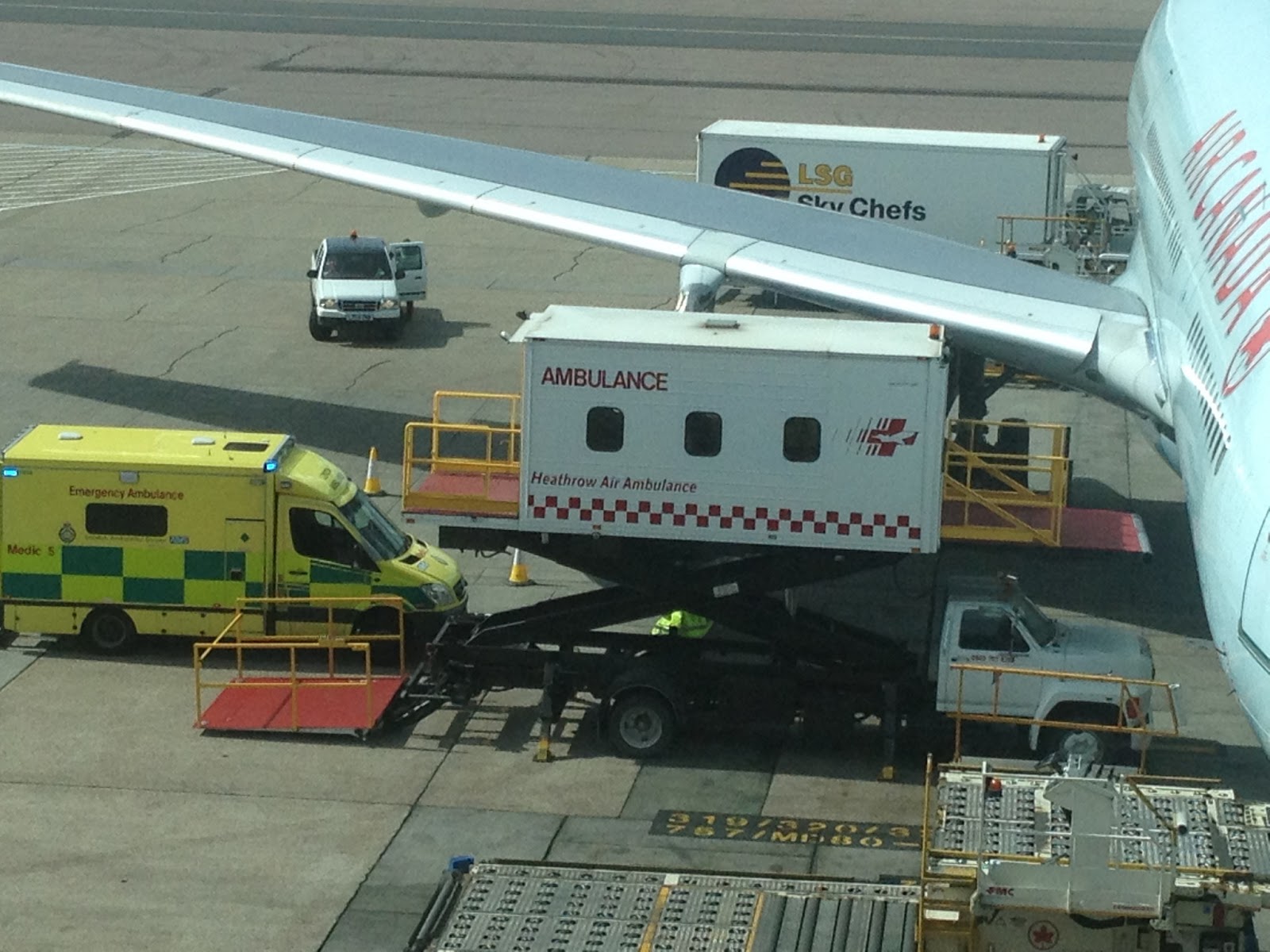I have a question and really want to hear from all of you.
Currently, the state of Minnesota defines a health officer as:Health officer.
"Health officer" means:
(1) a licensed physician;(2) a licensed psychologist;
(3) a licensed social worker;
(4) a registered nurse working in an emergency room of a hospital;
(5) a psychiatric or public health nurse as defined in section 145A.02, subdivision 18;
(6) an advanced practice registered nurse (APRN) as defined in section 148.171, subdivision 3;
(7) a mental health professional providing mental health mobile crisis intervention services as described under section 256B.0624; or
(8) a formally designated member of a prepetition screening unit established by section 253B.07.
I have been of the opinion that the list should also include paramedics.
That would facilitate the medic writing a transport hold on scene and taking the patient to a hospital. There have been some concerns about the MD's agreeing over the phone, because then you need to ensure that the patient is seen by that MD. Triage and bed space in a large ED with multiple providers doesn't always make that realistic. And some MD are unsure if it is appropriate to agree to a hold over the phone without really seeing the patient.
So, would it make an impact in your job if paramedics could sign the hold form? How?
On your first day of work, would you have been able to make that decision?
Recognizing that much of the state is served by EMS providers trained to the EMT level, should they be included in the definition?
Remember, I am not governor so I am not making any campaign promises, I just want to know what you think.
Paul





